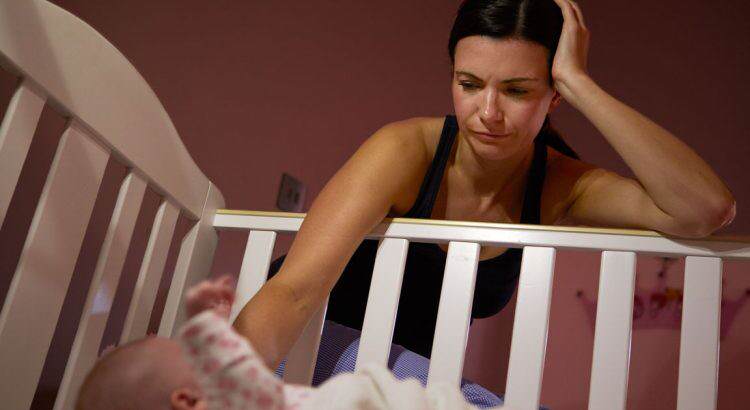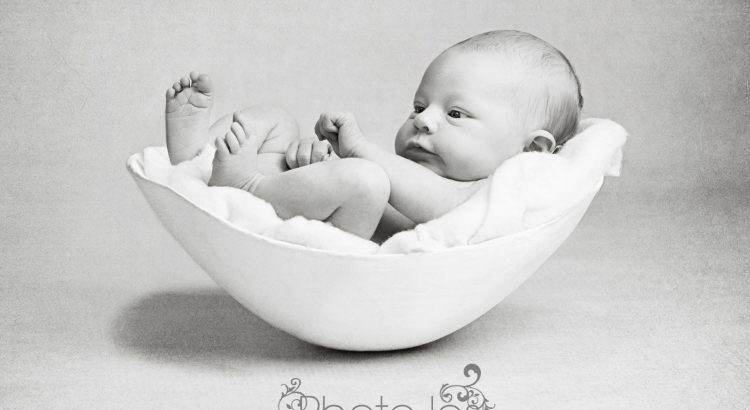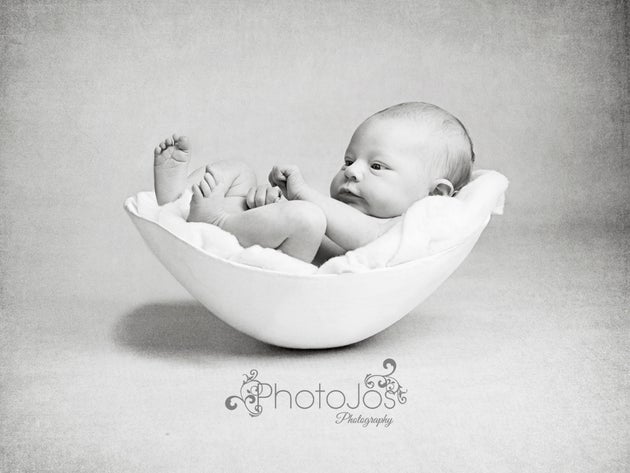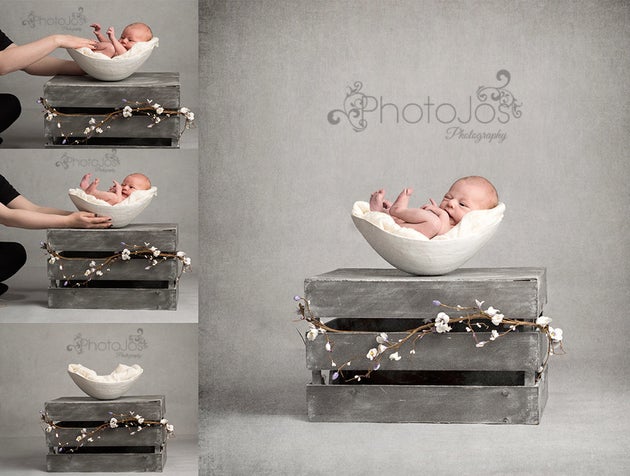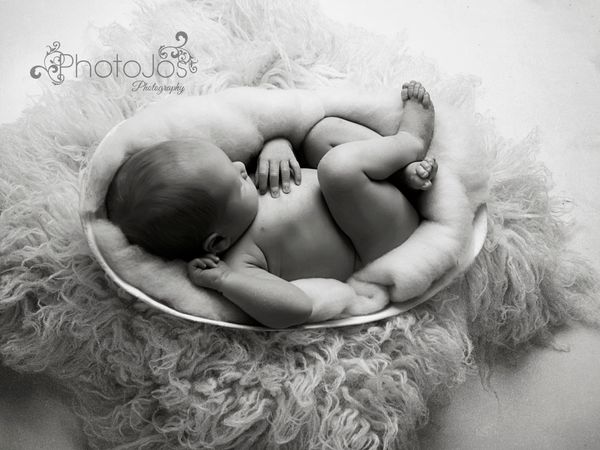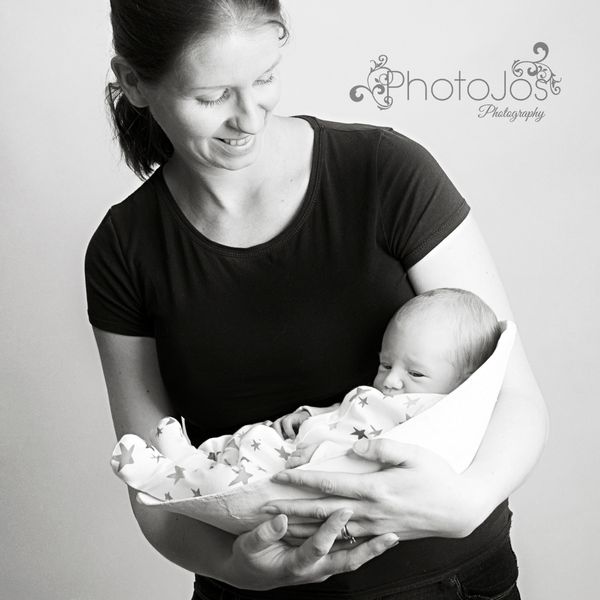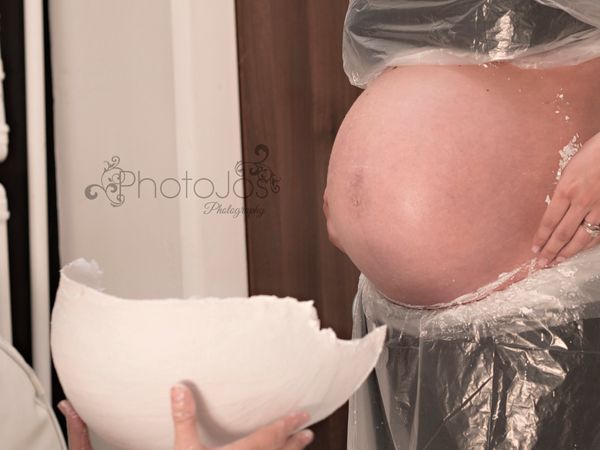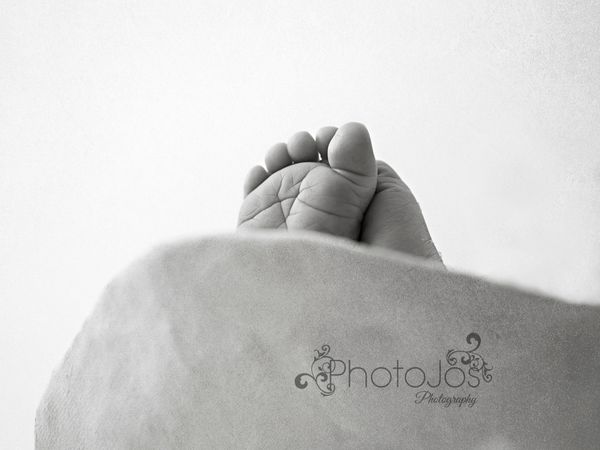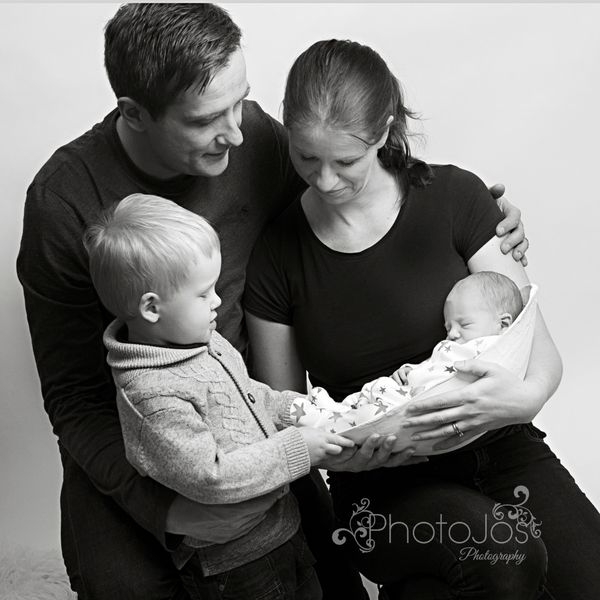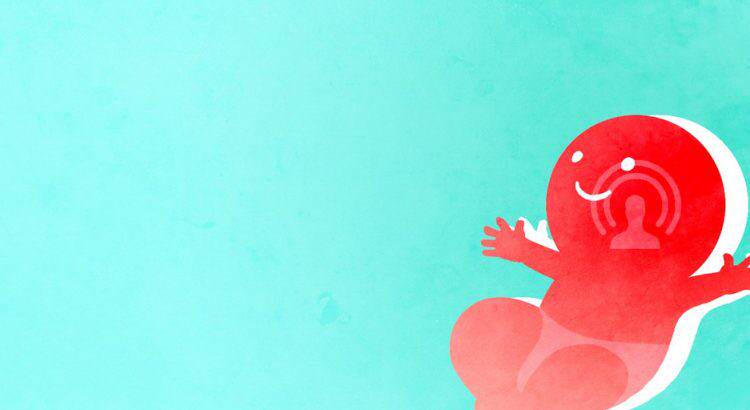Trying to solve the problem of a sleep-challenged baby can present a minefield of guilt-inducing choices for new parents.
While co-sleeping and nursing a baby back to sleep are surefire techniques for some, public health officials warn against the risks of bed-sharing and some experts say those strategies don’t help children learn how to self-soothe.
Yet parents who choose a form of sleep training, often inaccurately described with the catchall term “cry it out,” are sometimes told the approach may cause their children long-term emotional damage.
Regardless of one’s choice, the intense judgment can make parents forget why they’re trying to help their baby sleep better in the first place: Months-long sleep deprivation may cause fatigue that leads to, among other things, frequent arguments with a partner and exhaustion that’s dangerous for their physical or mental health.
These are alarming experiences, but mothers in particular often feel pressure to ignore or downplay them and compromise their well-being by using sleep techniques that feel less shameful, even if they’re not effective for their child and family.
“Intense judgment can make parents forget why they’re trying to help their baby sleep better in the first place.”
That’s why the newPediatricsstudyon sleep training is such an important step forward in talking about how families can have both well-rested babies and parents.
The randomized, controlled study evaluated what happened when parents of 43 infants used two different sleep-improvement methods: graduated extinction, which instructs parents to respond with brief interval-based checkins, and bedtime fading, a little-known technique that focuses on inducing sleepiness by gradually delaying bedtime. A third group, the control, only received information on best sleep practices. The babies were between 6 and 16 months old and healthy; many experts do not recommend attempting to sleep train before 6 months.
Despite the common belief that sleep training may cause permanent harm to a child while also damaging the bond with its parents, the study found that the children in the graduated extinction group, which is akin to the so-called “cry-it-out” method, didn’t have that experience.
The researchers determined this by measuring the babies’ level of cortisol, a stress hormone, over time, and they saw no evidence of significant increases. They also found no major difference between the babies’ emotional behavior and their parent-child bond a year later as compared to all of the groups. The graduated extinction approach even significantly reduced nighttime wakefulness and led to a moderate decrease in maternal stress. However, over the longer term, babies in both the bedtime fading and control group showed improvements in how long they slept.
The study complements previous research indicating that sleep training may not have long-term negative effects, though a small 2012 study indicated it could be highly stressful for infants.
“It’s a really great addition to the literature,” said Rebecca Parlakian, senior director of programs at Zero to Three, a nonprofit child development organization said of the new research. “The study validated that theres a lot of ways you can parent a baby and neither one is better or worse.”
Michael Gradisar, co-author of the study and director of theChild and Adolescent Sleep Clinic at Flinders University in Adelaide, Australia, told Mashable via email that he was surprised by the results. He believed the cortisol levels would likely increase for the infants in the sleep training group.
“[T]heres a lot of ways you can parent a baby and neither one is better or worse.”
“I did expect this to happen, and was probably swayed by the volume of people who claim this occurs,” he said.
Gradisar and his colleagues didn’t sample cortisol levels during the interventions so they couldn’t observe temporary spikes that might result from crying or fussing. Yet he noted that it made sense for the children to ultimately have normal cortisol levels.
“Usually when chronic levels of cortisol appear in children, it’s due to chronic stress over many hours of the day and across many weeks and months,” Gradisar said. By comparison, graduated extinction typically takes a few days before it’s successful.
That should give parents who have tried or are curious about graduated extinction some relief, but freeing one’s self from personal or public judgment can feel impossible.
Dr. Carly Snyder, who specializes in reproductive psychiatry in New York City, says she treats sleepless mothers who experience irritability, low motivation, anxiety, depression and tearfulness. Even when the newborn stage has long passed and they’re still desperate for rest, mothers also fear trying sleep strategies that might be perceived, by themselves or their babies, as abandonment.
Snyder encourages each patient to make the choice that’s right for her family, but also stresses the importance of quality sleep.
“Emotionally speaking, I am a big believer that if mom is not sleeping, there is no intervention thats going to be better than improving moms sleep,” she said.
She also advises patients against framing their sleep struggles as an adversarial relationship between mother and child, because babies also require ample sleep for their emotional and brain development.
“Its important for parents to know theyre allowed to change their mind.”
Part of the struggle for many parents, saidParlakian, is that they feel beholden to a certain philosophy or strategy, and when it doesn’t work as they hoped, don’t feel capable of pivoting to something new.
“Its important for parents to know theyre allowed to change their mind,” she said.
That could be true of the parent who tried sleep training on a pediatrician or friend’s strong recommendation, but felt their child experienced too much distress over too long a time period. It could also be true for the parent focused on a so-called gentle method like nursing or rocking, but discovered their child refused to fall asleep for hours.
Flexibility isn’t an easy response to muster in this age of high-anxiety parenting nor is advocating for a parent’s own needs or those of the entire family.
“At the root of it we have to remember its not just about healthy children,” Parlakian said, “its about healthy families.”
Though Gradisar’s findings need to be replicated with larger sample sizes, his study and others like it have the potential to change those dynamics, even if slightly. When parents have evidence that graduated extinction is both effective and not harmful, they may be more confident in their sleep-related decisions.
Critics who argue for sleep solutions that don’t involve crying or the absence of a parent may eventually need to reassess their concerns about risk.
Gradisar said he valued the role of science in helping to resolve controversial questions regarding infant sleep, noting the “heightened emotion” the subject often raises.
“What I dislike is when people guilt desperate mums into not intervening with their infant’s sleep,” he said. “Getting good sleep is so important.”
Have something to add to this story? Share it in the comments.



